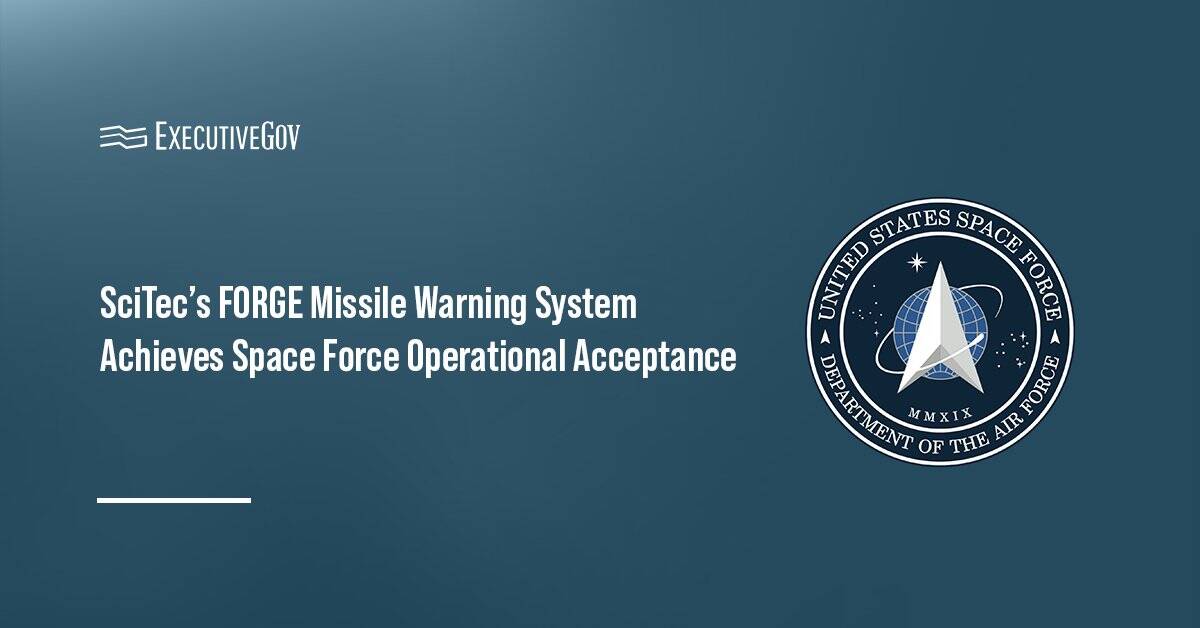NASA has teamed up with the U.S. Geological Survey for a five-year, $16 million research project that will use airborne hyperspectral imaging technology to map critical minerals and study their impact on climate change.
The partnership will equip the Earth Resources-2 and Gulfstream V aircraft platforms with the Airborne Visible/Infrared Imaging Spectrometer and Hyperspectral Thermal Emission Spectrometer for the Geological Earth Mapping Experiment, the space agency said Friday.
Both planes will work to collect data on surface minerals in California, Nevada, Arizona, New Mexico and other arid and semi-arid regions in the country.
Scientists will rely on wavelengths of reflected light to map primary rock-forming minerals and observe mineral weathering or alteration.
GEMx expands on the space agency’s Earth Surface Mineral Dust Source Investigation, whose mission is to study the effect of mineral dust on the heating and cooling of the planet.
“This project builds on our 60-year legacy, and can show us where to look for the resources that support our transition to a clean energy economy,” NASA Administrator Bill Nelson explained.





